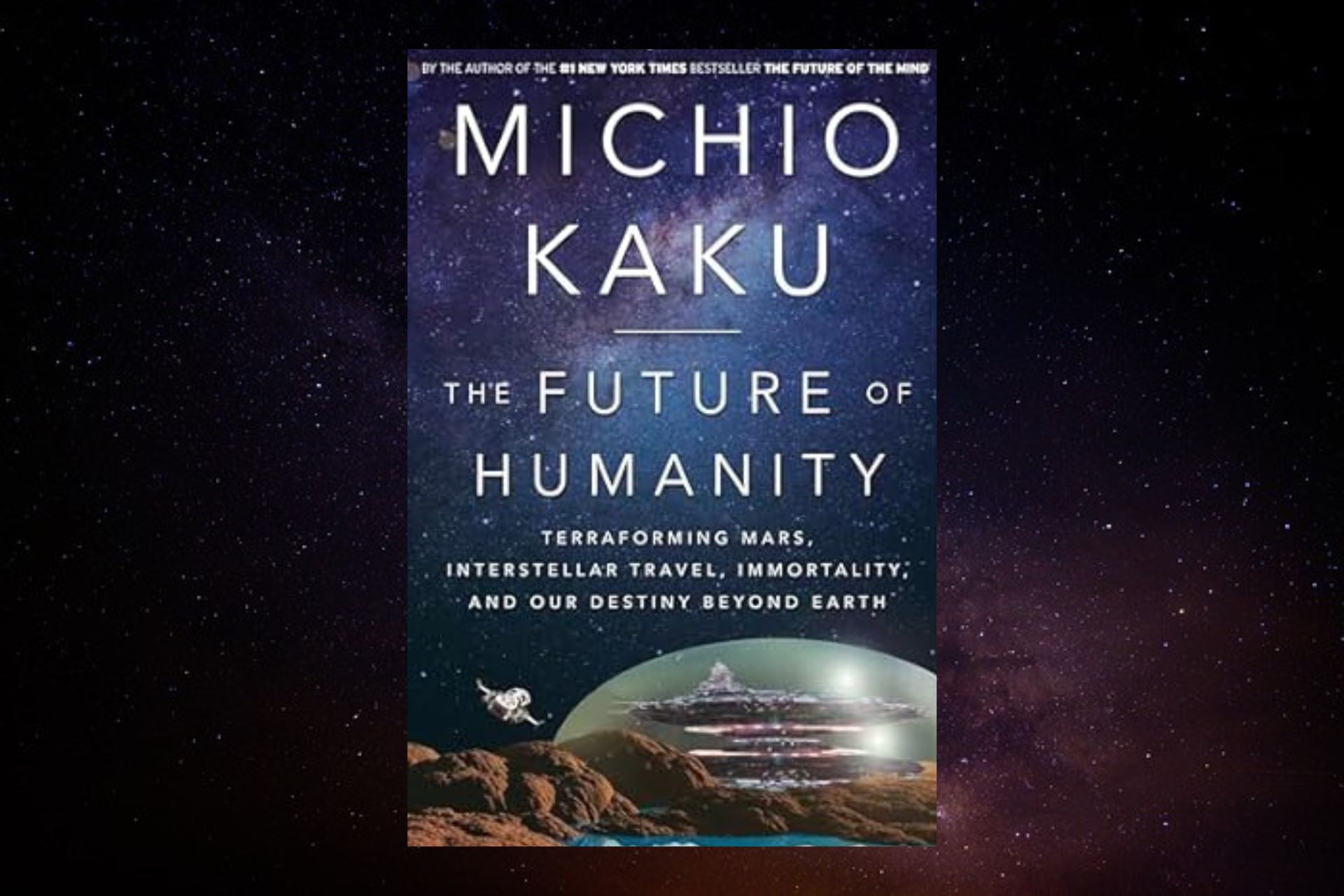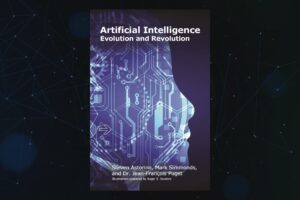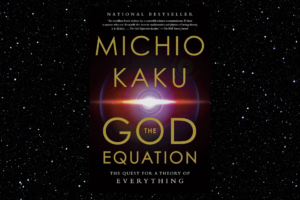Michio Kaku is a prominent theoretical physicist and a futurist. In The Future of Humanity, he opens with a discussion of past cataclysmic events, such as the volcanic eruption in Toba, which initiated a global volcanic winter that lasted for years, and ice ages when glaciers once covered the Earth’s surface. Then he explores the future of humanity in terms of technological advancements and scientific progress.
Future Cataclysmic Events
Kaku makes a point that most of us take for granted: Having survived past cataclysmic events does not mean that we will necessarily survive future ones. These events could be natural or caused by humans.
Possible natural events that could wipe out life on Earth include the next ice age, errant celestial objects in collision course with Earth, enormous volcanic eruptions, the sun’s expansion near its death, et cetera.
We humans are also capable of bringing our extinction. This could be through irresponsible nuclear proliferation and wars, deadly bioweapons, overpopulation and lack of resources, climate change, and more.
Among many others, Kaku sees that humans are destined to leave Earth. This is imperative if we are to survive what is to come.
Leaving Our Planet: Earth
Now, leaving Earth is full of challenges, and we are still in the early stages of making such advancements.
We first need to advance the systems that carry us to space and make them more economical. Private entrepreneurs, like Elon Musk and Jeff Bezos, are already developing their own space ventures – SpaceX and Blue Origin, respectively. The goal is that their efforts, combined with other entities, can help make space travel more economical.
The first step towards becoming an interplanetary species is to be able to mine heavenly bodies in our solar system. Asteroids and planets within the solar system contain materials that will be necessary for space travel.
It will also be a good idea to establish a permanent colony on the moon. This will help develop our methods and technology. The moon will also serve as an intermediate station for astronauts to go through between Earth and other space destinations.
The next step will be to occupy Mars and attempt to make it habitable. This will not be an easy task as there are several challenges: harsh environment, lack of water, negligible atmosphere, and many others. However, it may be doable with future technology.
Beyond Mars, there are the other solar system planets – each with its own unique challenges and opportunities for space travel. The asteroids and the known planets can be used as intermediate stations as we make the journey into deeper space.
The ultimate goal is to reach other Earth-like planets where humans can settle and establish permanent colonies for future generations.
“If our long-term survival is at stake, we have a basic responsibility to our species to venture to other worlds – CARL SAGAN”
Michio Kaku, The Future of Humanity
Starships and Space Travel
A critical part of space travel is having a mode of transportation – starships. Kaku goes into intriguing details in his discussion about starships.
Due to their large size, starships need to be assembled in space. They will cost billions of dollars and take years to construct – may be done by advanced robots.
There will be multiple types of starships, but the problem is that space travel will take time – even if we travel at the speed of light. This brings up the issue of how we can travel for such long periods of time.
One solution is hibernation. The astronauts’ bodies would be kept in suspended animation for years until the starship is near the destination. They would then wake up without feeling that hundreds or thousands of years have passed.
Another option is to send robots instead. Robots will not get hungry or feel bored. They can also replicate and maintain themselves as needed. These robots will probably have artificial intelligence to survive in harsh space environments.
An interesting idea that Kaku shares is the transfer of consciousness through laser beams. These beams would travel at the speed of light and reach a robot on the other end. With your body preserved on Earth (or another planet), your consciousness would be uploaded to a robot on another planet where you can move freely – and possibly have superhuman capabilities.
The Future of Humanity
Depending on the advancement of technology, immortality may be a plausible solution. If this happens, time becomes a nonissue because you can live forever – so, why worry about how long it will take to reach other planets? (maybe boredom).
We may even encounter advanced extraterrestrial life. Kaku lists the three civilization types based on their energy consumption (also known as the Kardashev scale):
- Type I Civilization: can access all its planet’s energy.
- Type II Civilization: can harness and consume a star energy. This could be done through a Dyson sphere.
- Type III Civilization: can capture the energy of all the objects within the galaxy.
Since we are not able to harness all of our planet’s energy, our civilization is somewhere between Type 0 and Type I. Kaku explains that it may take us a while to become a Type I civilization.
He also introduces a new type – Type IV. This type of civilization is hypothetically able to harness the energy of the universe. We are probably billions of years away from this level.
Towards the end of the book, we are introduced to the ultimate destiny of the universe and humanity: big crunch, big freeze, and big rip.
The big crunch is when the universe stops expanding and starts contracting into a single point; the big freeze is when the expansion will become too large for any heat or life form to exist; and the big rip is when the exponential expansion will cause the fabric of the universe to rip, sending everything flying away.
The conclusion we come to is that maybe we will need to leave the universe to be able to survive – through wormholes. That is the ultimate future of humanity…if we survive until then.
“I sometimes think about how easy it is for a nation to slip into complacency and ruin after decades of basking in the sun. Since science is the engine of prosperity, nations that turn their backs on science and technology eventually enter a downward spiral.”
Michio Kaku, The Future of Humanity
Check out my reading list.



